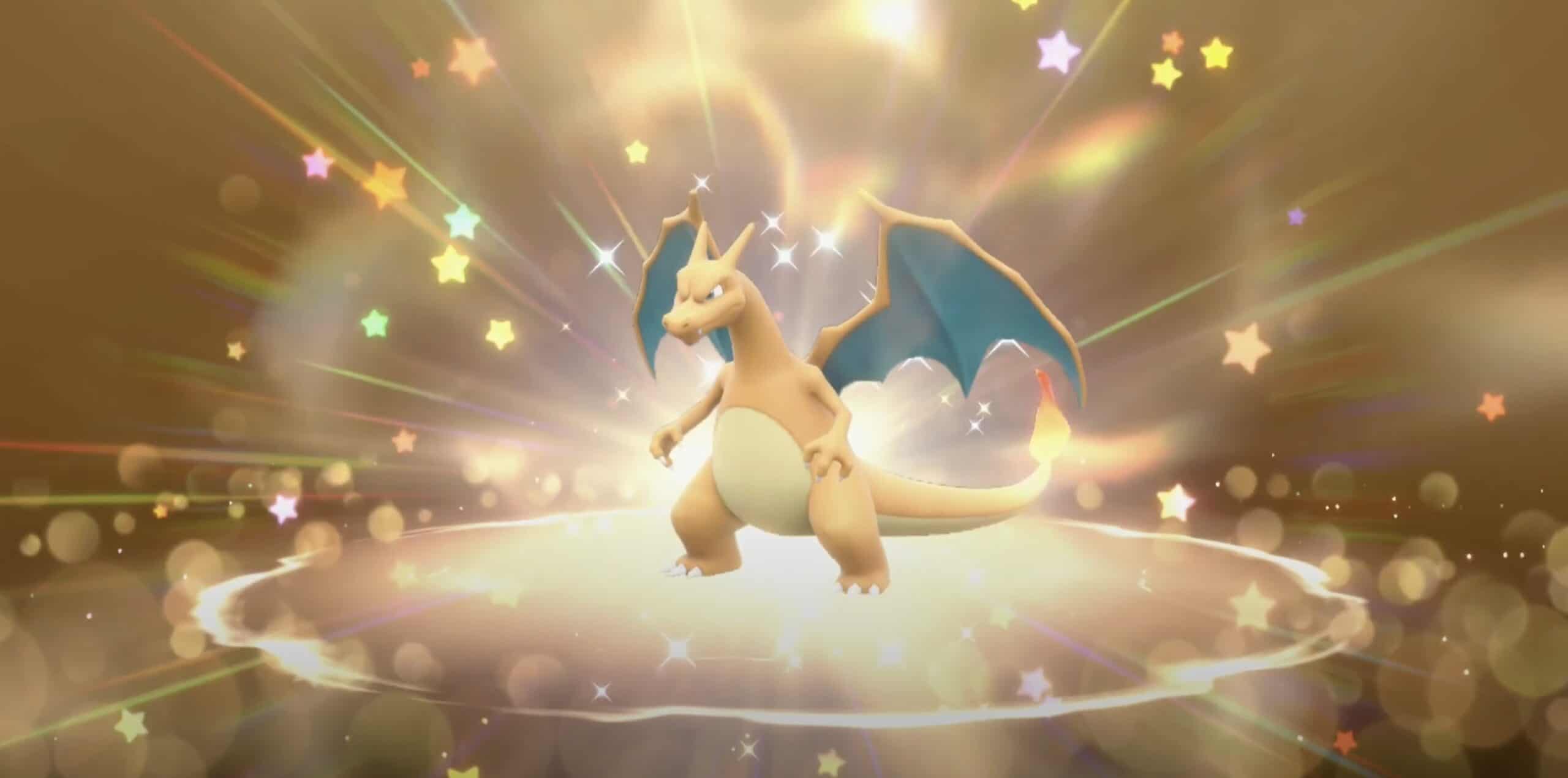Pokemon may seem like a simple RPG, but hidden within the many games is a rather complex system. The Pokemon franchise is much more than cool-looking monsters throwing out random attacks during a fight. Although it is possible to brute force your way through most of the Pokemon games, at the highest level, Pokemon battles require master-level strategy and a strong understanding of the game mechanics.
Today we’re explaining one of the most important mechanics in the Pokemon series, types. We’re doing a deep dive into what are Pokemon types, the strengths and weaknesses of each type, and how to use them to your advantage in battle. By the end of this article, you’ll be a Pokemon Master.
What Are Pokemon Types?

In the world of Pokemon, each creature belongs to a certain properties or element that is known as a type. Currently, there are a total of eighteen different types in Pokemon. Every Pokemon belongs to one or two different types. Pokemon with two types are known as dual-type Pokémon. The moves performed by the Pokemon in battle also belong to one of these eighteen types.
When in battle, Pokemon works on a type of Rock, Paper, Scissors system, meaning every type is both strong against and weak against at least one other type. A simple example of this is the three types belonging to the starter Pokemon in each game. Fire Pokemon are strong against Grass Pokemon but weak against Water Pokemon. Here is a list of the eighteen different types in Pokemon:
- Normal
- Fighting
- Flying
- Poison
- Ground
- Rock
- Bug
- Ghost
- Steel
- Fire
- Water
- Grass
- Electric
- Psycic
- Ice
- Dragon
- Dark
- Fairy
Type Strengths
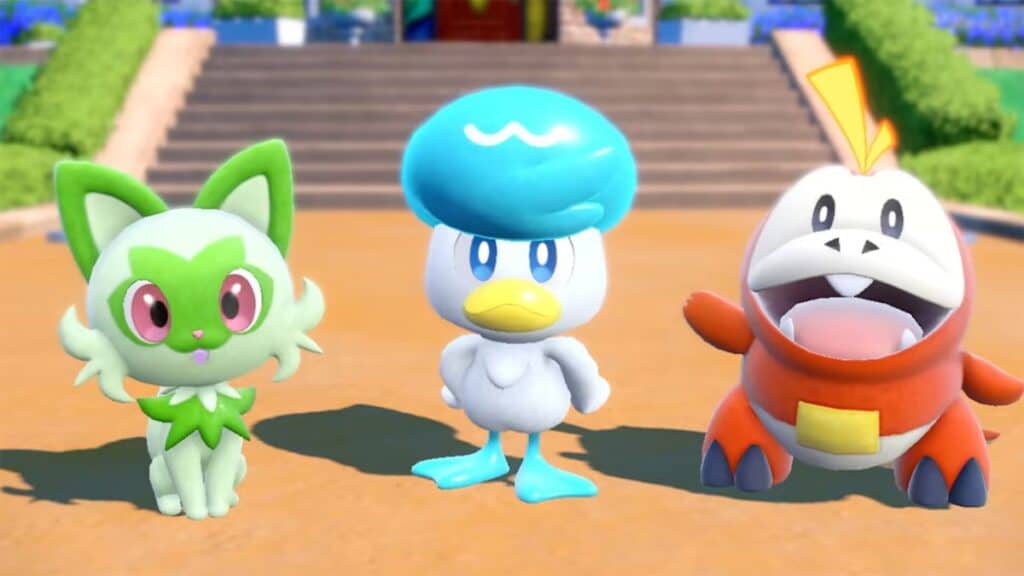
When a Pokemon is hit by a damaging move belonging to a type it’s weak against that attack is considered super effective. Super effective moves deal double damage when they hit. As an example, an Electric-type attack would be super effective against a Water-type Pokemon. This damage can be doubled again the target has two types that are both weak to the move. A Grass-type move will do 4x damage against a Ground/Rock-type Pokemon.
In addition to effectiveness, there is an additional benefit to Pokemon using moves that match their typing. When a Pokemon uses a move that matches their typing, they receive a 1.5x damage bonus. This bonus is known as STAB, which stands for same-type attack bonus. A Fire-type Pokemon using a Fire-type move will do more damage than a Normal-type Pokemon using a Fire-type move.
Type Weakness
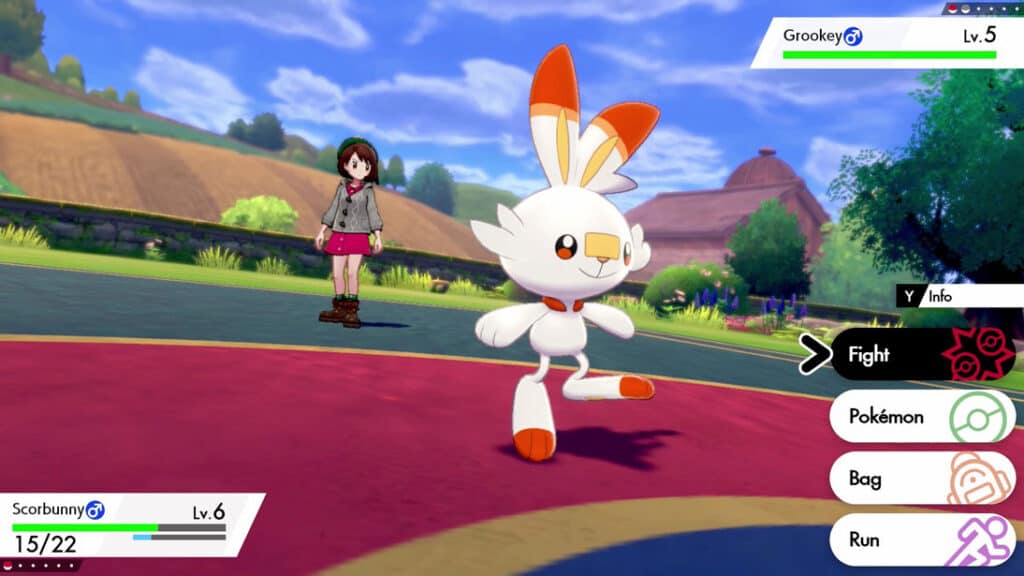
In the same way that some attacks can be super effective depending on the Pokemon it’s used on, other attacks can be not very effective. Not very effective moves will do half the damage when they land. A Rock-type move will do only half damage when used against a Fighting-type Pokemon. The ineffectiveness of a move can be stacked if the target has two types that are strong against the attack. A Fire-type move will do 1/4x damage against a Water/Dragon-type Pokemon.
Some types are considered neutral against each other. This means that they will do neither double nor half damage when used against a certain type. Bug-type moves will do flat damage when used against Ice-type Pokemon. The best advice in battle is to avoid type match-ups that’ll leave your Pokemon vulnerable while at the same time using your opponent’s type against them.
Type Immunity
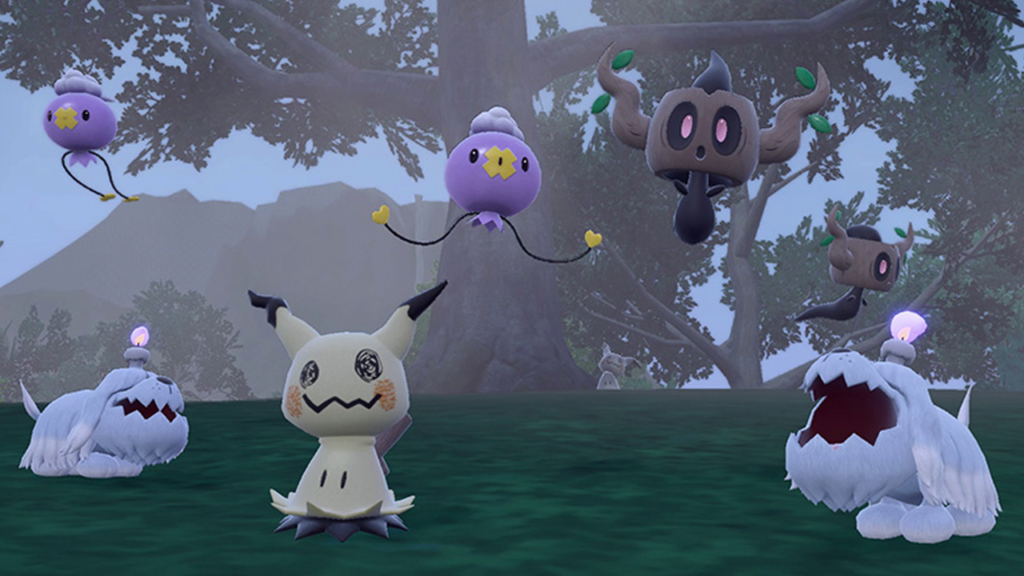
Some Pokemon types are completely immune to certain move types. These moves have no effect in battle and will do zero damage against the Pokemon. Certain moves like Foresight, Odor Sleuth, and Miracle Eye have the ability to remove a Pokemon’s immunity to damage types. Here is a list of all the type immunities currently in the game.
- Normal-type Pokemon are immune to Ghost-type moves.
- Ghost-type Pokemon are immune to Normal and Fighting-type moves.
- Flying-type Pokemon are immune to Ground-type moves.
- Ground-type Pokemon are immune to Electric-type moves.
- Steel-type Pokemon are immune to Poison-type moves.
- Dark-type Pokemon are immune to Psychic-type moves.
- Fair-type Pokemon are immune to Dragon-type moves.
Type Match-ups
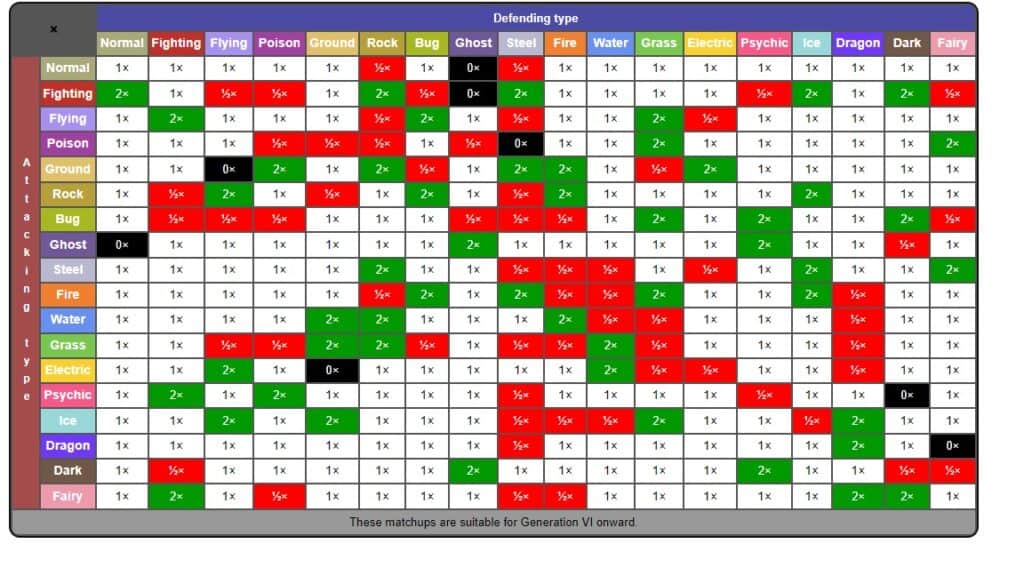
Understanding type match-ups is vital if you want to succeed in Pokemon. In the core series of games, every Gym Leader and member of the Elite Four has a type-specific theme. Using the correct Pokemon type against them can be the difference between breezing through a battle and struggling for victory.
It’s also important to remember that many different moves, abilities, and items can affect type match-ups. These features can make Pokemon vulnerable to types they normally wouldn’t or increase their attack power when using certain moves. With the introduction of Terastallization in Generation IX, every Pokemon is able to change their type at will. The best way to improve as a Pokemon Trainer is to familiarize yourself with the Type Chart. It’ll make all your Pokemon battles a lot easier.
The image featured at the top of this post is ©JayShockblast / The Pokémon Company.
